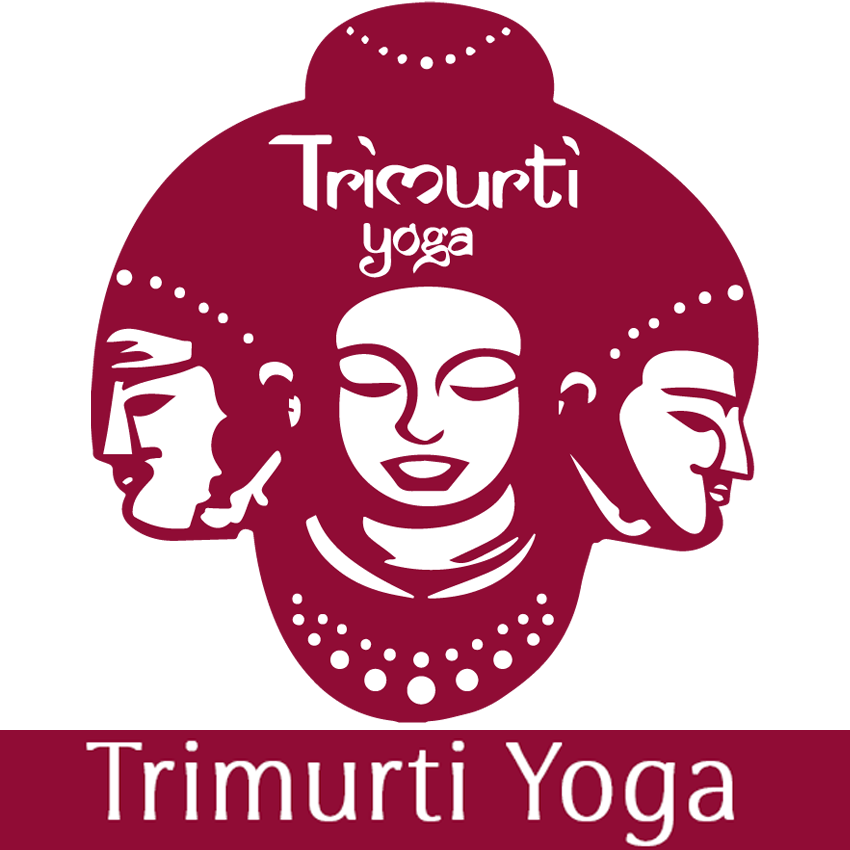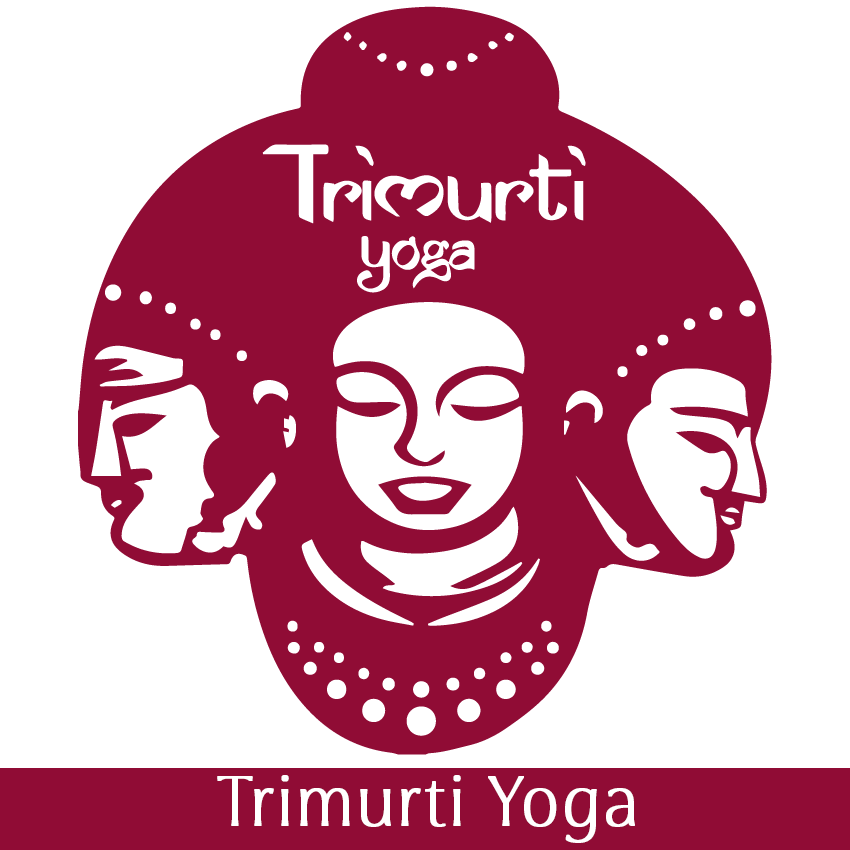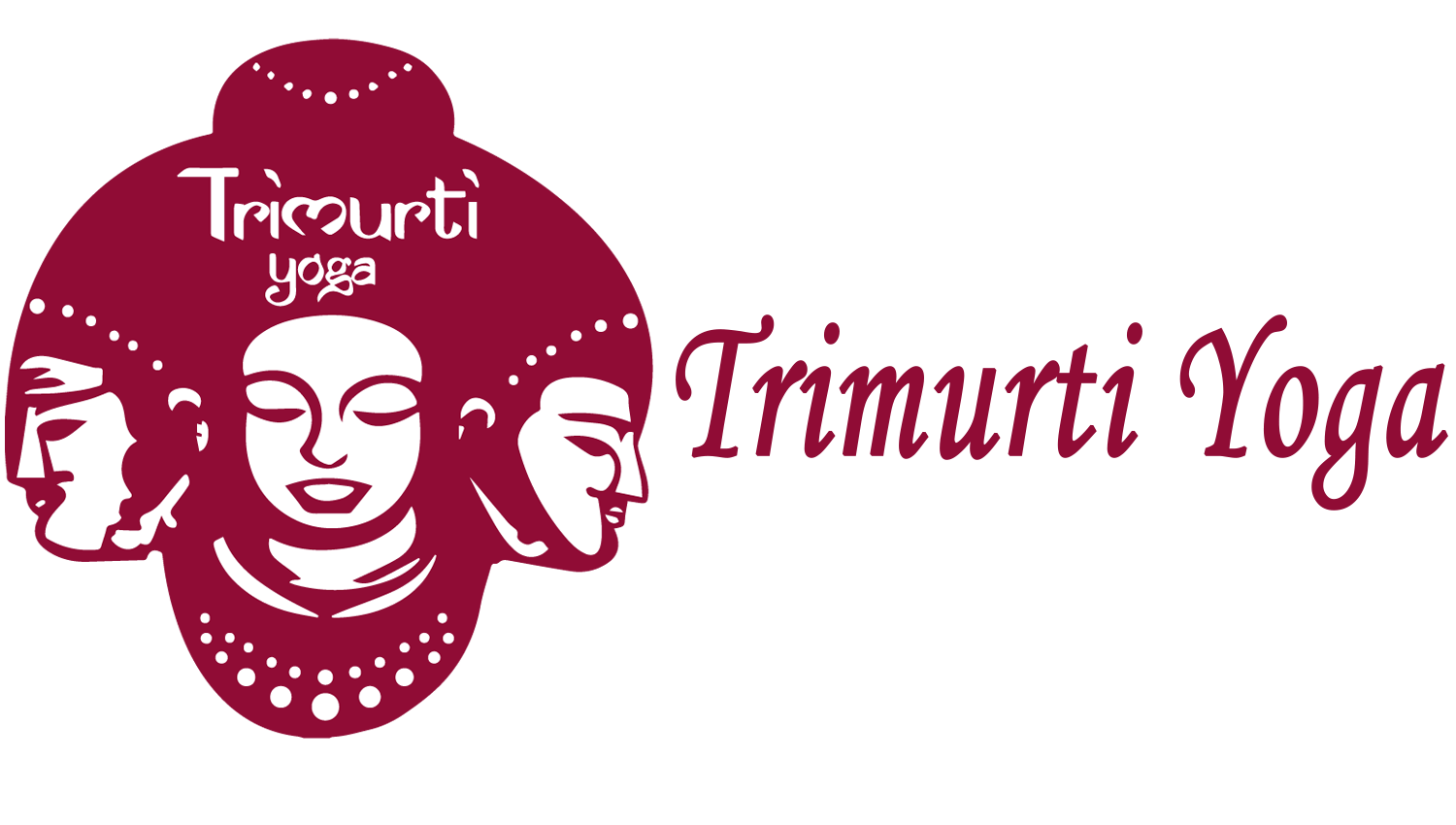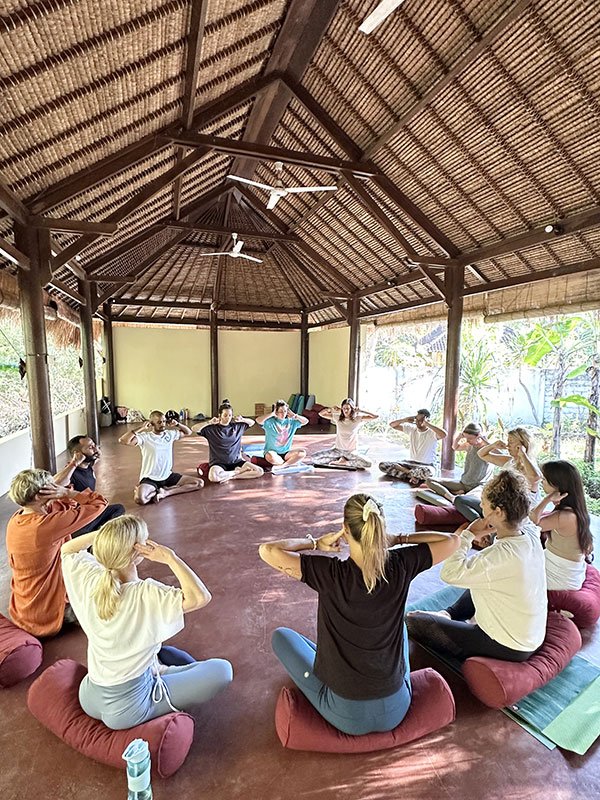
What Is Pranayama? A Beginner’s Guide to Yogic Breathing
In the world of yoga, breath is much more than a biological function. It’s a bridge between the body, mind, and spirit. This is where Pranayama comes in — a practice that brings conscious awareness to your breath, leading to deeper physical, emotional, and spiritual balance.
At Trimurti Yoga, Pranayama is not just a daily ritual. It’s a cornerstone of our yoga teacher training courses (YTT), helping students understand the power of breath in transforming their inner and outer worlds. But for beginners just stepping into the world of yoga, what exactly is Pranayama? And how can you start practicing it?
Let’s break it down.
Table of Contents
ToggleUnderstanding the Meaning of Pranayama
The word Pranayama comes from the Sanskrit:
- “Prana” means life force or vital energy.
- “Ayama” means extension, control, or expansion.
So, Pranayama essentially means the control or expansion of life energy through the breath. It’s not just about deep breathing—Pranayama teaches you how to use breath as a tool to energize the body, calm the mind, and access deeper states of consciousness.
Why Is Pranayama Important in Yoga?
In classical yoga, Pranayama is one of the eight limbs of Patanjali’s Ashtanga Yoga. While postures (asanas) focus on preparing the body, Pranayama begins to move the practitioner inward. It purifies the nadis (energy channels), increases mental clarity, and balances the nervous system.
Many students at Trimurti Yoga discover that Pranayama becomes the turning point in their practice—the moment they shift from just “doing yoga” to living it.
Benefits of Pranayama for Beginners
Even if you’re new to yoga, the benefits of Pranayama can be experienced right away:
🌿 Reduces stress and anxiety
🌿 Improves lung capacity and respiratory health
🌿 Boosts focus and mental clarity
🌿 Regulates blood pressure and heart rate
🌿 Supports better sleep and emotional balance
🌿 Deepens meditation and self-awareness
What’s beautiful about Pranayama is that you don’t need fancy equipment or years of experience—just a quiet space and your breath.
5 Beginner-Friendly Pranayama Techniques
At Trimurti Yoga, we introduce our students to simple yet powerful breathing techniques they can build into daily life:
- Anulom Vilom (Alternate Nostril Breathing)
Balances left and right hemispheres of the brain, calming the mind and restoring balance. - Bhramari (Bee Breath)
Uses a humming sound to soothe the nervous system and ease tension. - Ujjayi (Victorious Breath)
Often used during asana practice, this breath creates heat and mental focus. - Kapalabhati (Skull Shining Breath)
A dynamic cleansing breath that energizes and detoxifies the system. - Dirgha Pranayama (Three-Part Breath)
A foundational practice that teaches full yogic breathing into the belly, ribs, and chest.
How to Start Practicing Safely
If you’re just beginning your journey with Pranayama, take it slow and steady. Start with just a few minutes a day, preferably in the morning or before meditation. Always practice on an empty stomach and in a calm, clean space.
Most importantly, listen to your body. Some techniques, like Kapalabhati or Bhastrika, may not be suitable for people with high blood pressure or respiratory issues. This is why, at Trimurti Yoga, we emphasize guided learning from experienced teachers, especially for beginners.
Breathe with Us at Trimurti Yoga
Whether you’re joining our yoga teacher training in Goa, Bali, or online, Pranayama is woven into the heart of every course. It’s not just a breathing exercise—it’s a pathway to deeper awareness, health, and spiritual connection.
Ready to start your journey with Pranayama? Visit our About Us page to learn more about our approach, or read Our Story to discover how our passion for holistic yoga began.
Looking to train abroad? Visit www.trimurtiyoga.com to explore our Yoga Alliance-certified teacher training courses in Goa and Bali. Designed for international students, our programs offer a deep dive into authentic yoga, with a global certification, updated course calendar, and inspiring blog content to support your teaching journey.






Leave a Reply